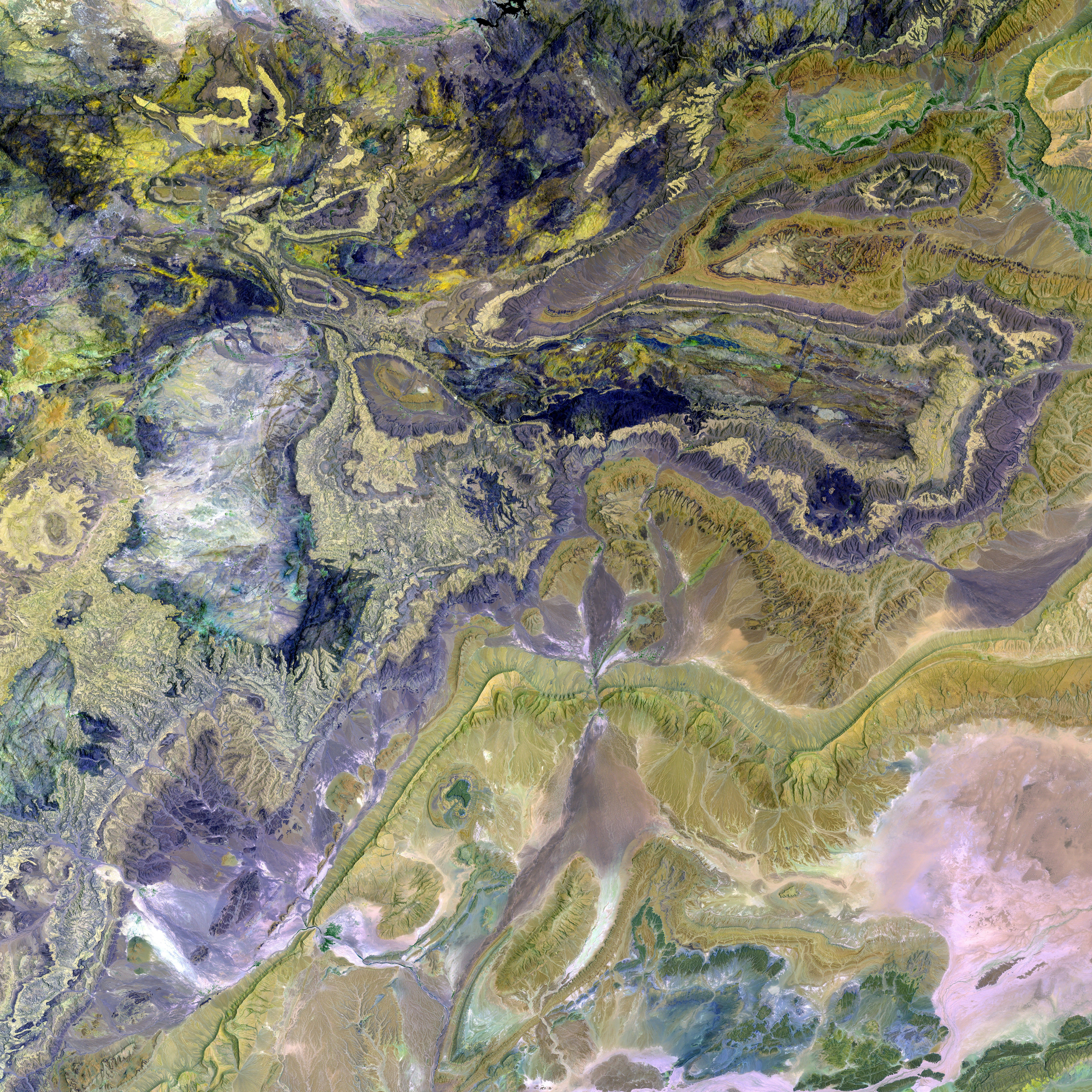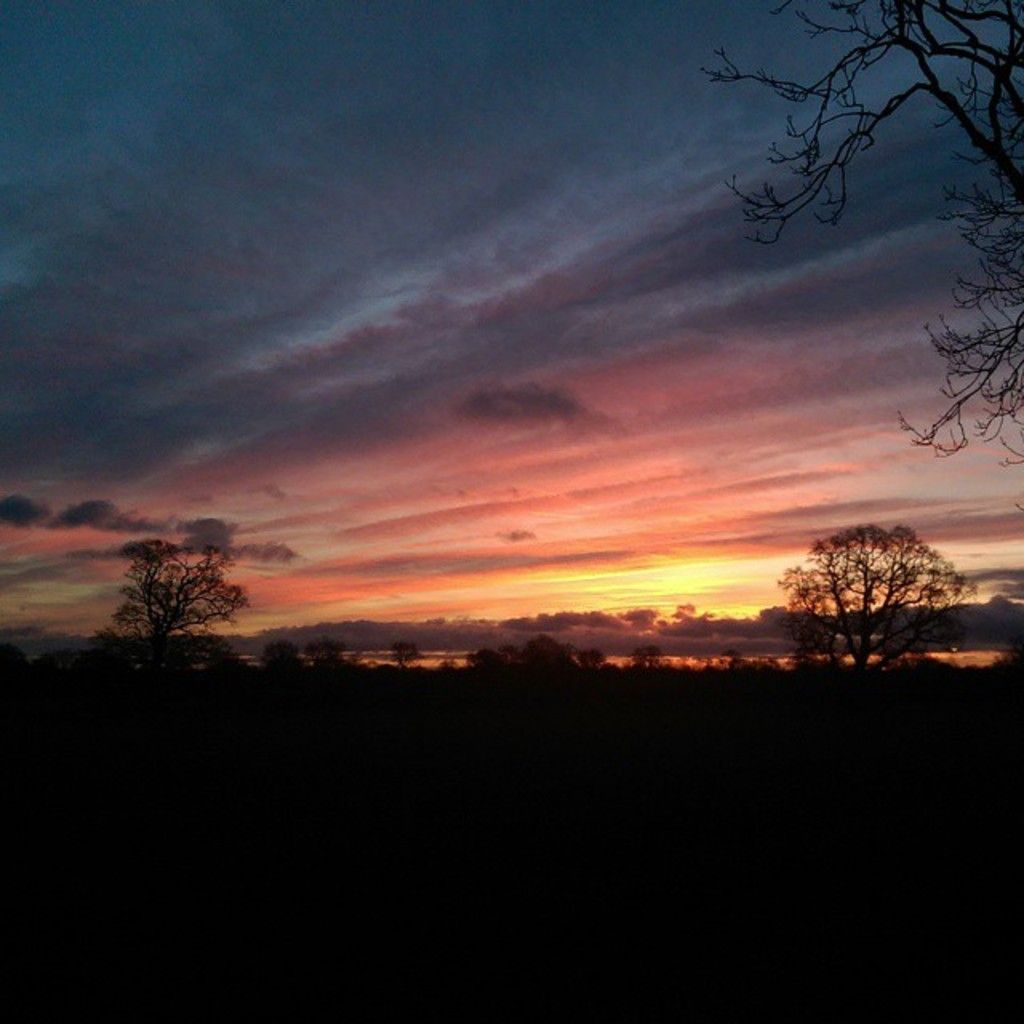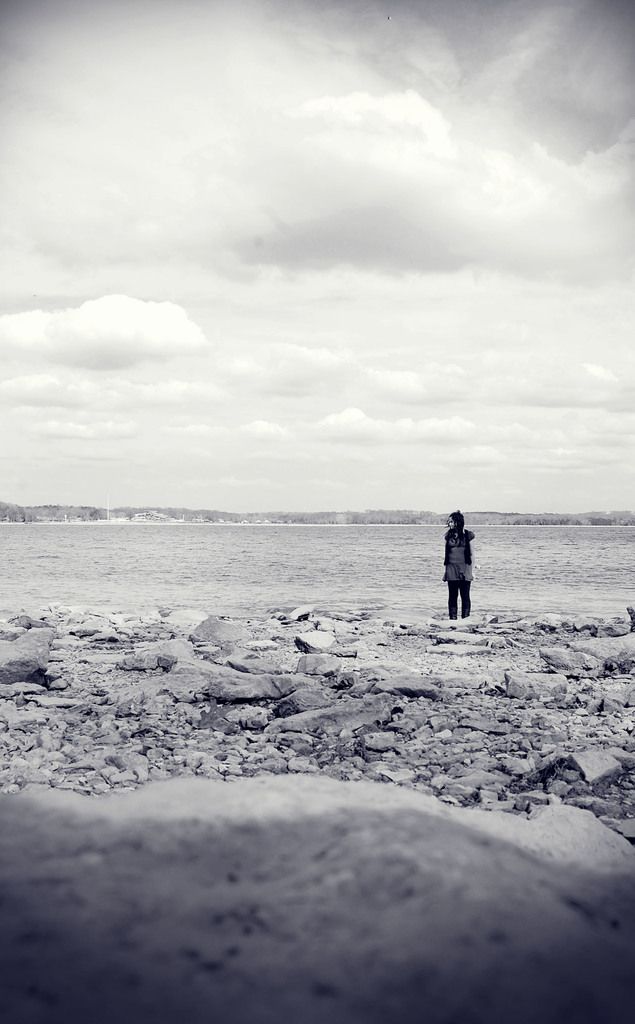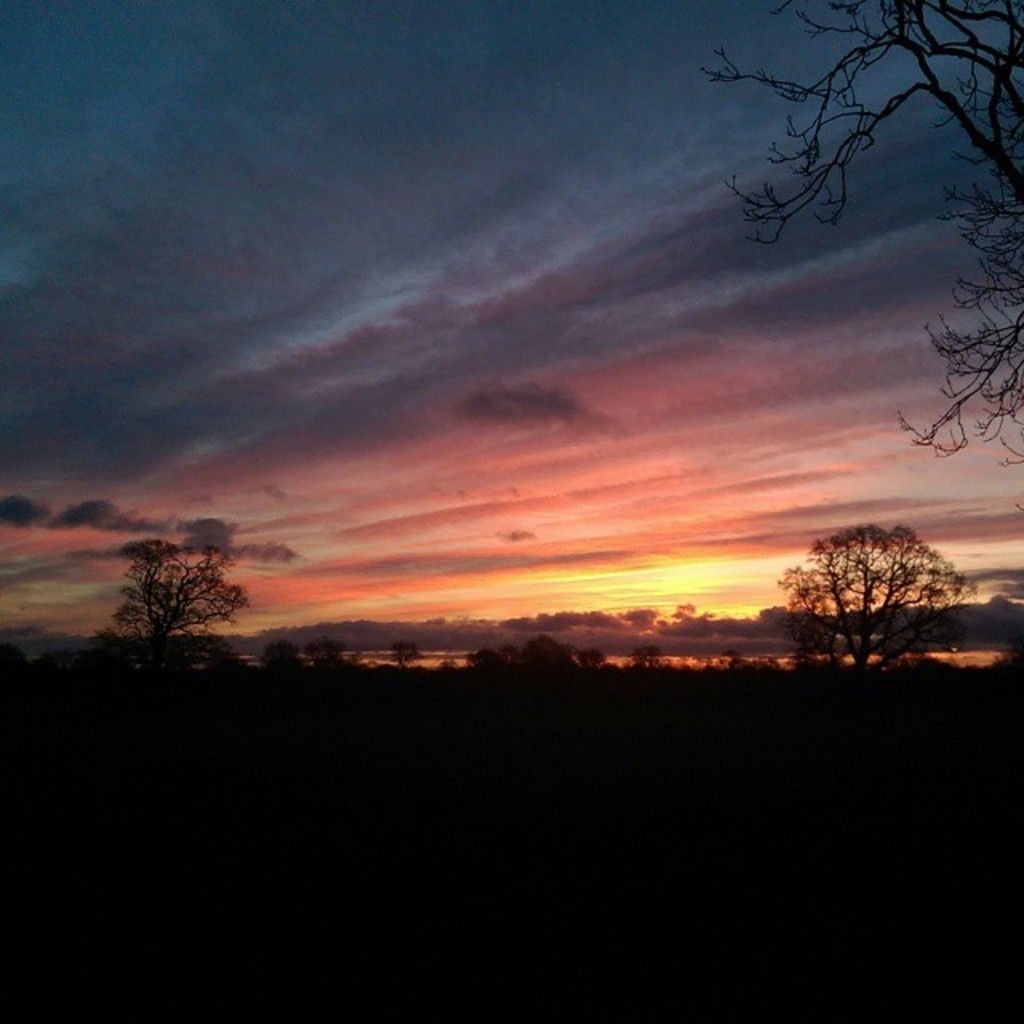Beneath Irish fields, ancient monuments uncovered by Google Maps' discovery.
During the severe drought of 2018 in Ireland, technical innovation and keen observation unveiled a trove of ancient monuments long hidden beneath the soil. The scarcity of moisture, accompanied by the use of advanced technology, exposed the unmistakable outlines of these historic structures.
As the countryside withered, unusual shapes began to emerge – circles, rectangles, and extensive ditches – in patterns that showed no signs of human cultivation. Initially dismissed as random soil discoloration, these markings were later revealed to be the buried traces of ancient structures.
Photographer and historian Anthony Murphy, who has spent over two decades documenting historical sites, made a breakthrough during this period using an unexpected tool: Google Maps. As he scrutinized satellite images, he observed peculiar shapes that held archaeological significance. Over time, Murphy and other researchers identified more than 50 ancient sites, many of which were completely unknown until then.
"The moisture-retaining properties of the ditches let them remain greener compared to the surrounding soil," explained Murphy. "From above, the contrast between healthier and less healthy crops delineates the shapes and sizes of the structures buried beneath."
What appeared to be ordinary farmland concealed the remains of ringforts, burial mounds, enclosures, and ceremonial platforms – some dating back 6,000 years. The largest site discovered measured an impressive 350 meters in width in County Dublin, with dozens of others ranging from 20 to 100 meters across. These findings revealed the buried history beneath Ireland's landscape, much of which remains untouched by excavation and unseen to the naked eye.
Google Maps, along with drone imagery and other aerial photographic methods, has become an unexpected ally in archaeology. These tools allow for rapid monitoring of vast areas, particularly in Ireland's grassland and crop-covered countryside. Publicly accessible images on Google Maps now enable discoveries that once necessitated ground-level exploration to begin from above.
Many of the newly identified structures were likely used for agricultural purposes, ceremonies, or burials. In some cases, people may have unwittingly cultivated or built upon them for generations.
"These discoveries offer a glimpse into the agriculture and general lifestyle of past times," said Murphy. "The evidence of human occupation, farms, and burial grounds dating back thousands of years is ubiquitous in Ireland."
- Incorporating technology such as Google Maps and drone imagery in archaeology has become essential, especially for examining vast grassland and crop-covered areas in Ireland, as it reveals hidden historical structures.
- The use of technology has allowed researchers like Anthony Murphy to identify over 50 previously unknown archaeological sites, including ringforts, burial mounds, enclosures, and ceremonial platforms, some dating back 6,000 years.
- By studying the remains of these ancient structures found beneath Ireland's landscape, civilizations' agriculture, lifestyle, and burial practices can be better understood, contributing to our deeper understanding of history and the environmental-science context.




